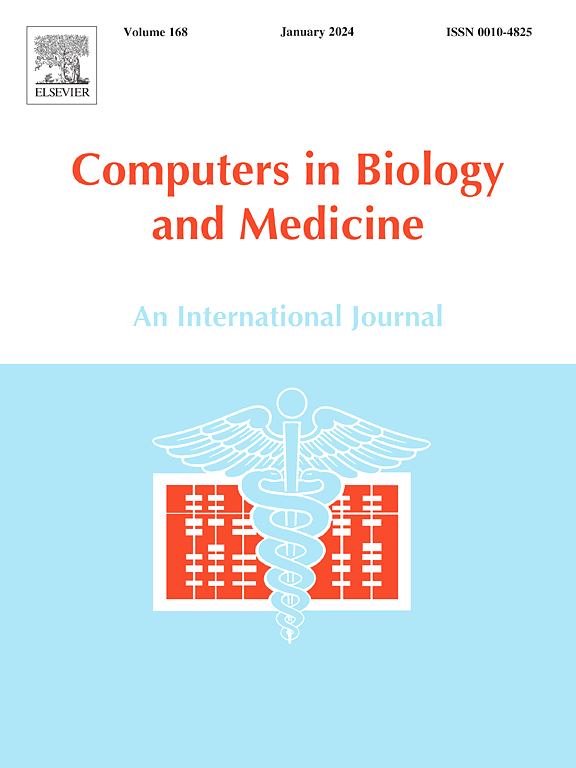Rim learning framework based on TS-GAN: A new paradigm of automated glaucoma screening from fundus images
IF 7
2区 医学
Q1 BIOLOGY
引用次数: 0
Abstract
Glaucoma detection from fundus images often relies on biomarkers such as the Cup-to-Disc Ratio (CDR) and Rim-to-Disc Ratio (RDR). However, precise segmentation of the optic cup and disc is challenging due to low-contrast boundaries and the interference of blood vessels and optic nerves. This article presents a novel automated framework for glaucoma detection that focuses on the rim structure as a biomarker, excluding the conventional reliance on CDR and RDR. The proposed framework introduces a Teacher–Student Generative Adversarial Network (TS-GAN) for precise segmentation of the optic cup and disc, along with a SqueezeNet for glaucoma detection. The Teacher model uses an attention-based CNN encoder–decoder, while the Student model incorporates Expectation Maximization to enhance segmentation performance. By combining implicit generative modeling and explicit probability density modeling, the TS-GAN effectively addresses the mode collapse problem seen in existing GANs. A rim generator processes the segmented cup and disc to produce the rim, which serves as input to SqueezeNet for glaucoma classification. The framework has been extensively tested on diverse fundus image datasets, including a private dataset, demonstrating superior segmentation and detection accuracy compared to state-of-the-art models. Results show its effectiveness in early glaucoma detection, offering higher accuracy and reliability. This innovative framework provides a robust tool for ophthalmologists, enabling efficient glaucoma management and reducing the risk of vision loss.
基于 TS-GAN 的边缘学习框架:从眼底图像自动筛查青光眼的新范例
本文章由计算机程序翻译,如有差异,请以英文原文为准。
求助全文
约1分钟内获得全文
求助全文
来源期刊

Computers in biology and medicine
工程技术-工程:生物医学
CiteScore
11.70
自引率
10.40%
发文量
1086
审稿时长
74 days
期刊介绍:
Computers in Biology and Medicine is an international forum for sharing groundbreaking advancements in the use of computers in bioscience and medicine. This journal serves as a medium for communicating essential research, instruction, ideas, and information regarding the rapidly evolving field of computer applications in these domains. By encouraging the exchange of knowledge, we aim to facilitate progress and innovation in the utilization of computers in biology and medicine.
 求助内容:
求助内容: 应助结果提醒方式:
应助结果提醒方式:


